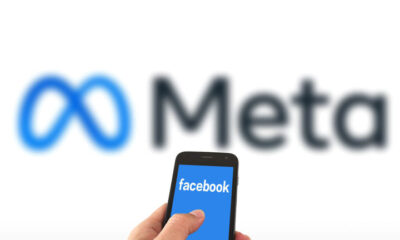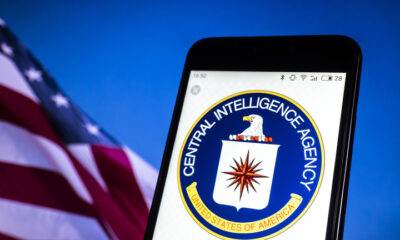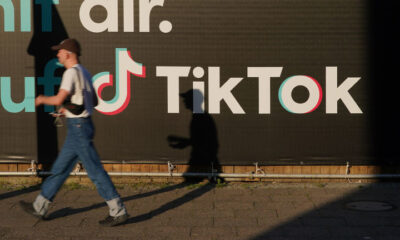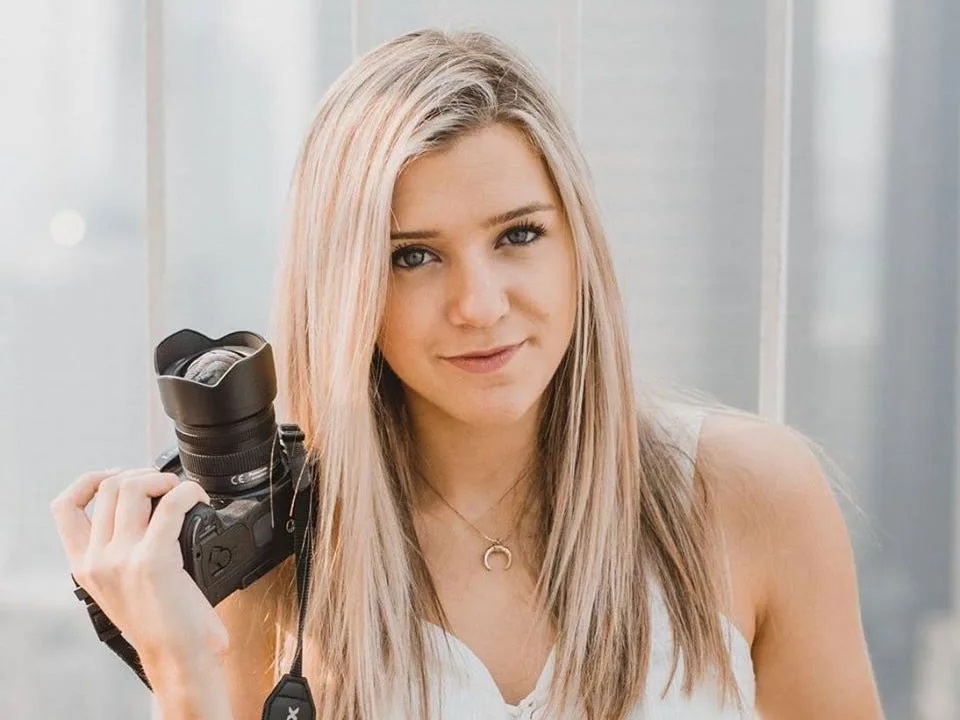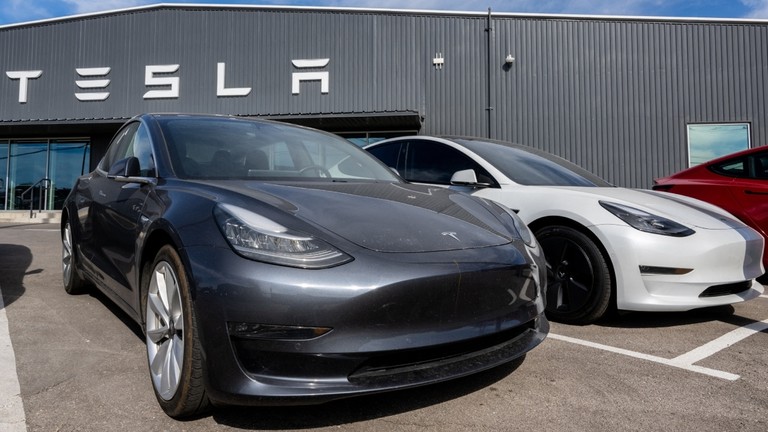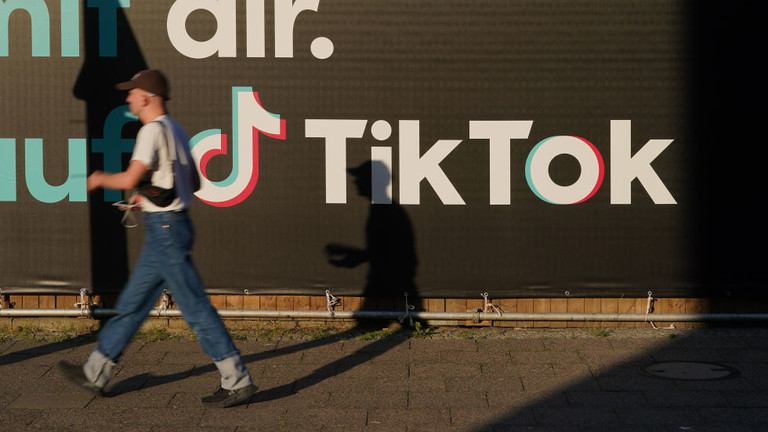It’s been well over two years since TikTok arrived in the United States in August 2018, offering a rejoinder to anyone who thought social media had lost its way. The app had everything: social commentary, comedy, crafting, memes, challenges, makeup tutorials and, of course, dances. Even those who weren’t totally sold on it couldn’t avoid the videos, which proliferated across platforms like Instagram, YouTube and Twitter.
By April 2020, TikTok had been downloaded more than 2 billion times; in the fall, it had an estimated 850 million monthly active users.
Despite its growth in size and scope, the uninitiated still largely view the app as a tool for other, much younger people to use. “TikTok is a children’s dancing app, where children will upload videos of themselves dancing, that children and adults can enjoy,” comedian Nathan Fielder recently joked. While it’s true that TikTok has transformed dance culture online, the platform has more broadly become a rich social and entertainment network. And in 2020, there was hardly a corner of society it didn’t touch.
It Turned Entertainment on Its Head
TikTok’s most obvious impact can be seen in the entertainment world. “More than any other social network since Myspace it feels like a new experience, the emergence of a different kind of technology and a different mode of consuming media,” journalist Kyle Chayka wrote in November.
Primarily responsible for the uniqueness of the TikTok viewing experience is the For You page, an algorithmically programmed feed that serves you the content you are likely to find engaging. You don’t need to follow or be followed by a single person to see the videos you want to see, or to have your videos be seen by their intended audience, which has afforded many people a rapid rise to fame. In 2020 alone, top users like Charli and Dixie D’Amelio and Addison Easterling amassed tens of millions of followers and became household names. The D’Amelios even landed a Hulu show.
The app has also reinvigorated the music industry and become a place to discover talent, market new songs, collaboratively produce new music and mash up tracks.
It Shaped Shopping Behavior
TikTok has had an undeniable effect on what people wear and buy. In 2020, TikTokers appeared in campaigns for Louis Vuitton and Prada, signed with agencies like IMG Models and shaped trends (think cottagecore and the strawberry dress). Gucci leaned into a challenge that taught people how to style items in their wardrobes to look like Alessandro Michele’s runway models. (If you have a headscarf, a turtleneck and some brightly colored accessories, you’re halfway there.) Mass-market brands have also aligned with influencers; Hype House merch, for instance, is sold at Target.
“It goes beyond the outfits and into creative expression,” Kudzi Chikumbu, the director of creator community at TikTok, told Vogue.com in December. “TikTok is a place for joy, and it’s giving the fashion industry a whole new way of showcasing their art and personality.”
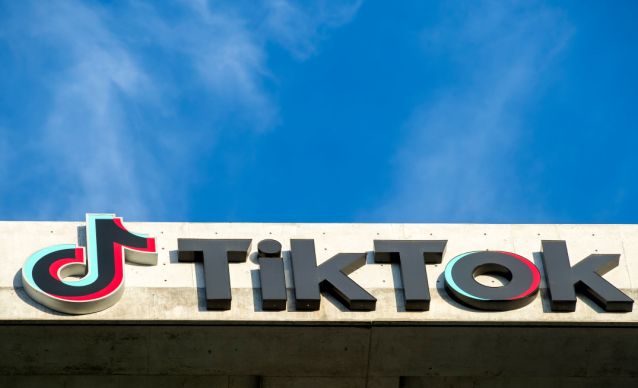

 NEWS5 months ago
NEWS5 months ago
 NEWS5 months ago
NEWS5 months ago
 NEWS5 months ago
NEWS5 months ago
 WAR5 months ago
WAR5 months ago
 FINANCE5 months ago
FINANCE5 months ago
 INVESTMENTS5 months ago
INVESTMENTS5 months ago
 FINANCE5 months ago
FINANCE5 months ago
